- What is a Bandana?
- What is a Bandana, Exactly?
- History of Bandanas
- How to Use a Bandana?
- Conclusion
When you think of a bandana, what comes to mind? Most people envision a red cloth with a paisley pattern wrapped around a cowboy’s face. If that’s what you picture, you’d be correct. Bandanas, however, were not invented just for cowboys to look cool. While not actually a hat, bandanas can wear many hats and serve different purposes.
The bandana has been around for a very long time, and the 20 by 20-inch piece of cloth means something different in various cultures. They are a popular staple today, one reason being that they can be customized to have any print or pattern on them.
Creatingcustom bandanas is a great hobby that could turn into a small business. You can make silk bandanas, cotton bandanas, or other types of fabric. Before you embark on your custom bandana, let’s take a look at what bandanas are and their history.

What is a Bandana, Exactly?
To start, bandanas are small pieces of cloth, either cotton or silk that have a pattern printed on them. They are typically 20 by 20 inches and square. The most common type of bandana you will see is made of a lightweight woven cotton material that’s been hemmed to prevent fraying. If you’ve ever owned a bandana, you know what this feels like.
Bandanas are usually a solid color with a contrasting pattern or print on them. The bandana is usually a bright color, and the pattern will be black or another darker color. You can also purchase them with no pattern in order to create your own custom bandanas.
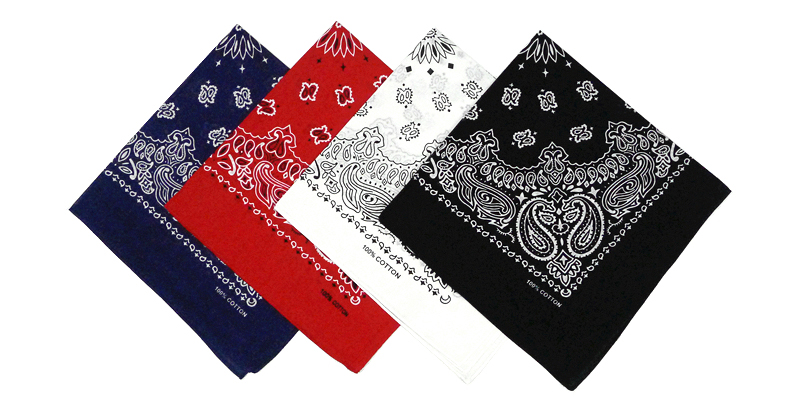
Bandana printing is typically done in a few different ways.
- Screen Printing
The process of using a mesh stencil stretched over a screen to transfer ink. This method is very popular for custom bandanas include hand screen printing and machine screen printing.
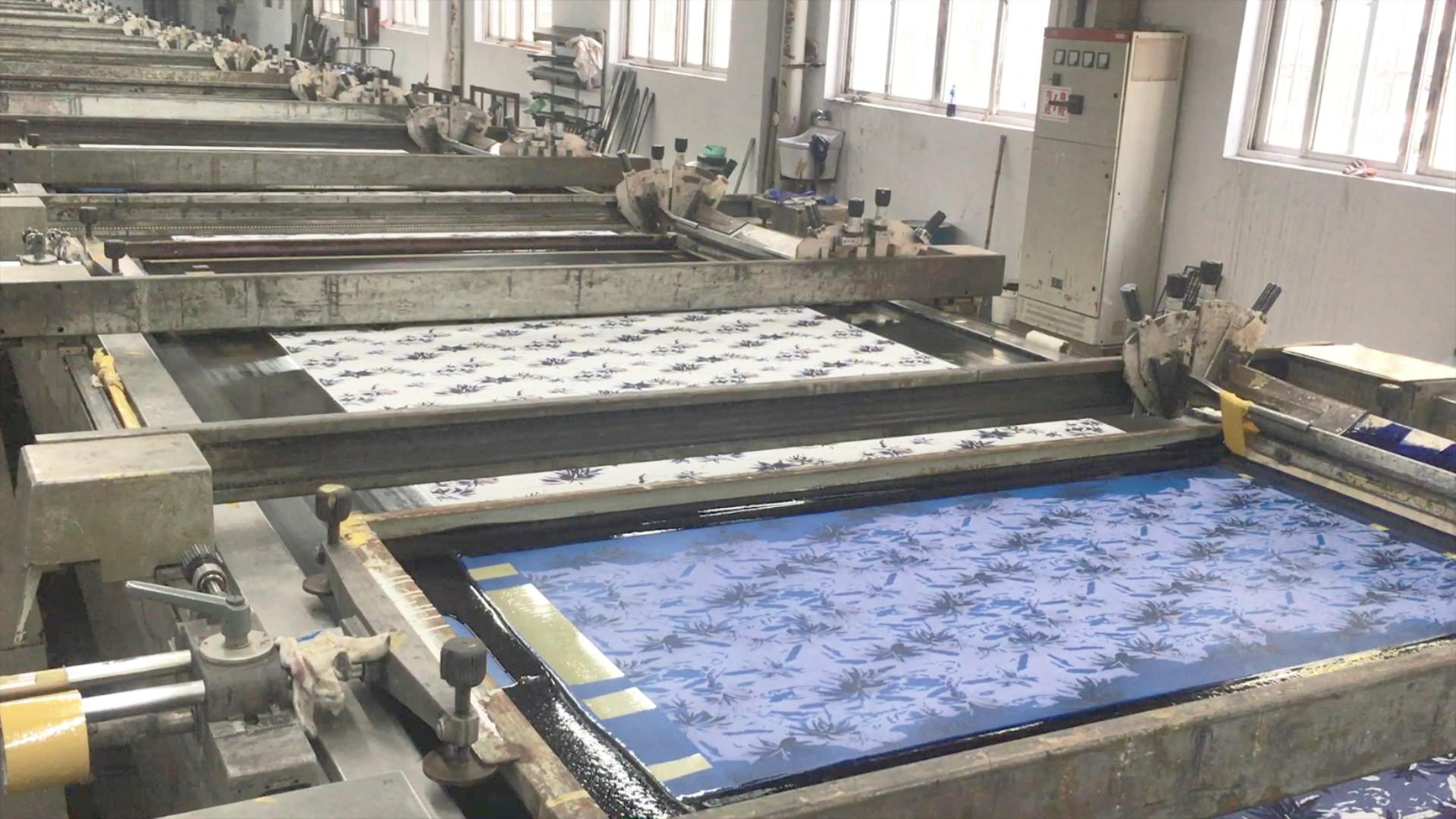
- Digital Printing
Digital printing is a direct printing on bandana, just like ink-jet printing on paper.
It is much quicker and cost-saving for small quantity.
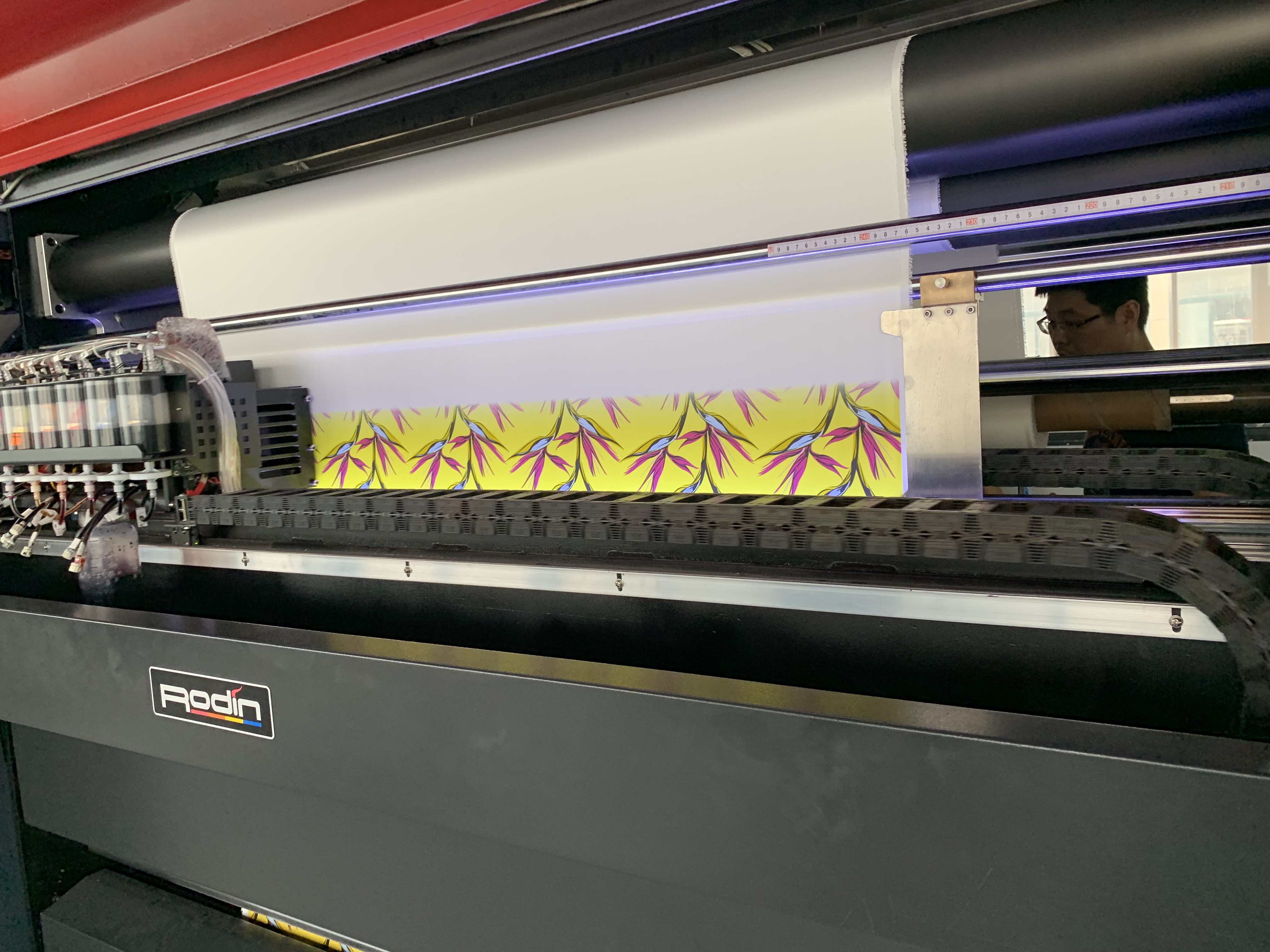
- Resist Dyeing
This process involved treating the bandana with a solution before being dyed that will create a pattern.
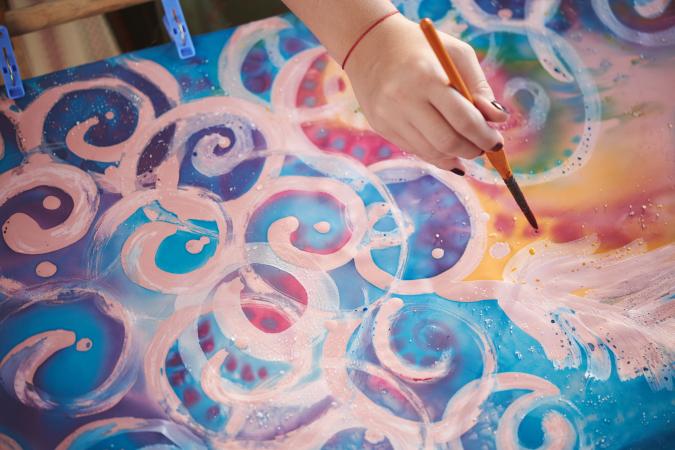
Creating custom bandanas is a popular form of self-expression and can be therapeutic. You can order bandanas in bulk to start creating your own custom bandanas today.
History of Bandanas
Bandanas can be traced back to the 17th century in South Asia and the Middle East. The bandana originated in India, and the word itself is thought to be derived from the Hindu word “bandhani’which means “to tie.” It was then anglicized to “bandana” which is the word we know today.
In Europe, bandanas were adopted as an alternative to plain kerchiefs because the patterns could hide whatever they sneezed into them better. Bandanas were also a much more interesting piece to keep in your back or front pocket with the beautiful colors and designs.
When you do an internet search for “bandana,” the first thing that pops up is the notorious bright red bandana with black Paisley. Did you know that the original dye used to create the red color was made of sheep dung, madder root, and olive oil? This method started in Mulhouse, France where large amounts of bandanas were made.
The Paisley pattern we’re all familiar with did not, in fact, come from the Paisley area of Scotland. The design originated in the region of Kashmir, which was part of the Persian, Empire. The design is still a popular choice for custom bandanas today.
After spreading through Europe, bandanas gained popularity in the United States way before there were cowboys. They were used as functional items for workers, and their fame really took off during the Revolutionary War.
That was all thanks to Martha Washington, who famously kept a bandana with her husband, George Washington printed on it. She took the idea to a printer she knew to have him do it, and other Americans followed suit.
Bandanas were also used to print maps and carry during travel. Talk about an easy way to fit a map in your pocket. The bandana continued to be a staple for workers, and as a fashion piece across the US.
When women joined the workforce, they used bandanas to keep their hair back in factories. Remember Rosie the Riveter? She’s wearing a red bandana with white polka dots on it in the famous picture.
Bandanas have continued to be a mainstay in pop culture and are used in advertising, and you can find them almost anywhere around the globe. The customizable nature of bandanas is what makes them such a popular item to this day.
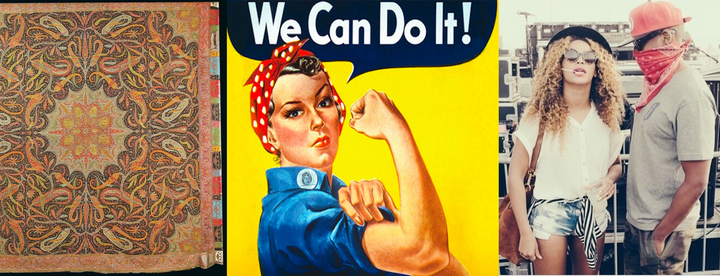
How to Use a Bandana
What makes bandanas so popular is how versatile they are. There are cotton bandanas and silk bandanas, and it’s up to you which one you prefer. It will also depend on what you plan to use it for. Here’s a list of some common uses for bandanas.
- Scarf
- Keeping a bandana on hand can keep you warm in a pinch as a stand-in scarf
- Napkin
- Not unlike the bandana’s sibling, the kerchief, you can use a bandana as a napkin too
- Hair Tie
- Just like Rosie the Riveter, you too can use a bandana to keep your hair back
- Ice Pack
- If you have an injury, you can wrap ice of a bag of frozen vegetables in a bandana to protect your skin
- Fashion Accessory
- Tuck a neatly folded bandana in your pocket for some extra color in your outfit
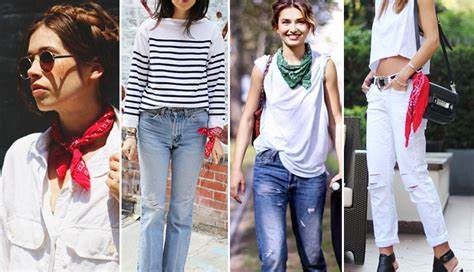
Conclusion
To sum it up, bandanas are an interesting little piece of fabric. From their robust history to various uses and patterns, no two are the same. By creating custom bandanas, you too can be a part of history. Choose between silk and cotton bandanas to get started on your journey.
Bandanas are an extremely versatile item that can be used for just about anything. When you decide to create custom bandanas, you can choose between cotton or silk. Tuck one in your pocket today!





 English
English German
German French
French Russian
Russian Spanish
Spanish Japanese
Japanese Korean
Korean Portuguese
Portuguese Ukrainian
Ukrainian Arabic
Arabic Italian
Italian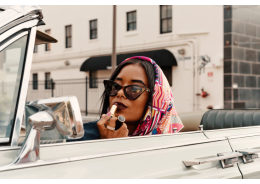











Leave A Comment